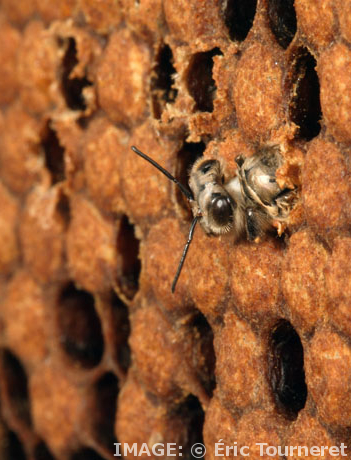Neonicotinoids killing key bugs
 Two studies this week show how pesticides are damaging to both butterflies and bees.
Two studies this week show how pesticides are damaging to both butterflies and bees.
A 40-year US and Canadian study published this week reveals that butterfly populations in California have declined with increasing neonicotinoid pesticide use.
At the same time, an 18-year study by UK scientists shows that wild bees that forage from neonicotinoid-treated crops are more likely to undergo long-term population declines.
In the first study, researchers from the University of Nevada took advantage of a butterfly fauna that has been monitored for four decades in an area of intense human occupation, the Central Valley of California.
They compared effects of climate change, habitat loss and environmental toxins to discover that that the relatively new class of insecticides (neonicotinoids) have clear negative associations with butterfly populations.
In the second study, from NERC Centre for Ecology and Hydrology in the UK, wild bees that forage from neonicotinoid-treated oilseed rape crops were shown to be more likely to undergo long-term population declines than bees that forage from other sources.
The paper surveyed 62 bee species from the UK to link population declines over an 18-year period to the escalating use of neonicotinoid pesticides.
Neonicotinoid insecticides are used in a variety of crops worldwide and have been shown to be harmful to commercial honeybees and bumblebees, though most studies have only tested short-term effects in experimental settings.
Neonicotinoids were initially licensed for use as a pesticide in the UK in 2002, but are now used on over 83 per cent of oilseed rape crops.
The researchers say that bees foraging from treated oilseed rape are three times more likely to experience population declines than bees that forage from other crops or wild plants.
These results demonstrate persistent, long-term effects of neonicotinoids on a community of wild bees, an effect that has previously been largely unexplored.








 Print
Print